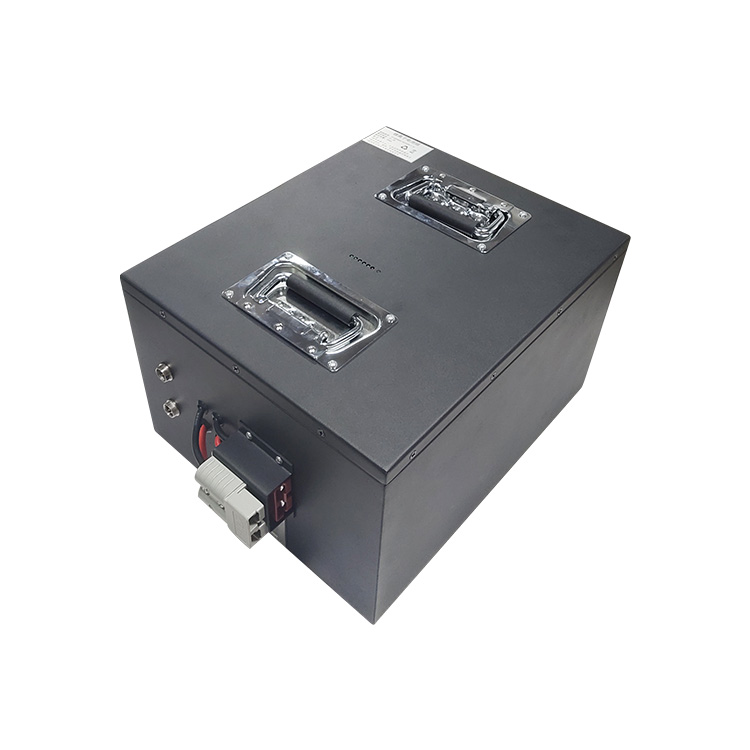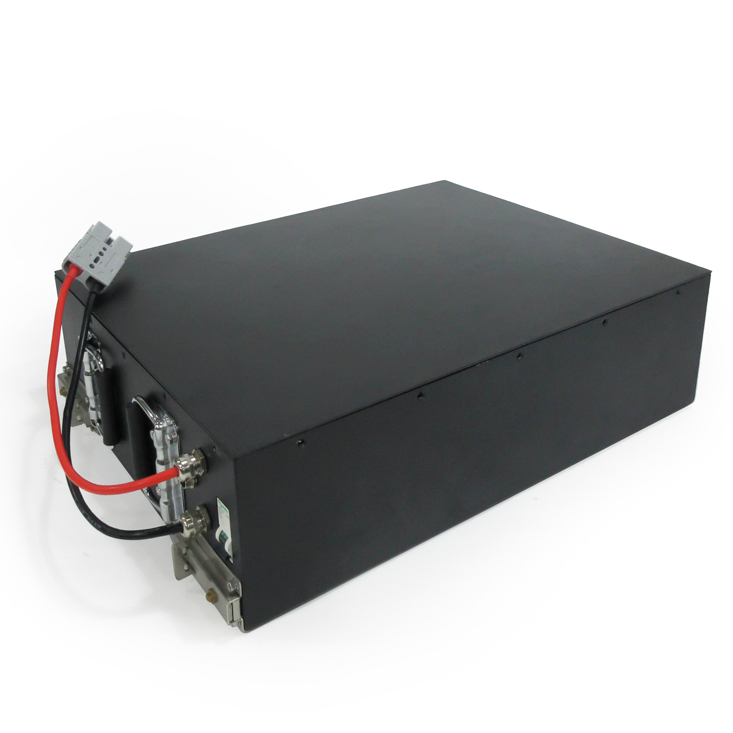Number of Battery Cells in the Battery Pack: How to Select the Appropriate Configuration
Battery pack is a battery system composed of multiple battery cells. Its performance and parameters directly affect the output power, capacity and cycle life of the battery pack. When selecting a battery pack, it is very important to determine the appropriate number of battery cells. This article will discuss battery pack the influence of the number of battery cells on the system performance and how to choose the appropriate configuration to help readers better understand and apply the battery pack technology.
1. The influence of the number of battery cells on the performance of battery pack
-
capacity: The total capacity of the battery pack depends on the number of battery cells. Generally, the larger the number of battery cells, the larger the total capacity of the battery pack.
-
Output power: the increase of the number of battery cells can improve the output power of the battery pack, enabling it to release the stored energy faster.
-
Cycle Life: the cycle life of the battery pack is closely related to the number of battery cells. Proper configuration of the number of battery cells can prolong the service life of the battery pack.
2. How to select the appropriate number of battery cells
-
battery pack application: Firstly, it is necessary to determine the total capacity and output power required according to the specific application requirements of the battery pack, and then calculate the required number of battery cells according to the rated capacity and voltage of the battery cells.
-
Balance: when selecting the number of battery cells, consider the balance of the battery pack to ensure that the voltage and capacity of each battery cell are as balanced as possible, so as to avoid performance degradation caused by imbalance between battery cells.
-
Cost and space: Considering the cost and space constraints, it is necessary to comprehensively consider the impact of the increase in the number of battery cells on the system and select the optimal configuration scheme.
3. Common configurations of the number of battery cells
-
serial configuration: Connecting multiple battery cells in series can increase the total voltage and capacity, which is suitable for scenarios requiring high voltage output.
-
Parallel configuration: Connecting multiple battery cells in parallel can increase the total capacity and output power, which is suitable for scenarios requiring high capacity output.
-
Hybrid Configuration: the combination of series and parallel can be flexibly configured according to specific requirements to balance the total capacity, output power and cycle life of the battery pack.
4. Future Development Trend
-
high energy density: in the future, battery cells will continuously improve energy density to achieve higher capacity and longer cycle life.
-
Intelligent management: in the future, the battery pack will be more intelligent, and the monitoring and control of the battery unit will be realized through the advanced management system to improve the performance and stability of the system.
-
Sustainable development: promote the sustainable development of battery technology, improve the cycle utilization rate and environmental protection performance of batteries, and promote the development and application of electric vehicles, energy storage systems and other fields.
The number of battery cells in the battery pack is an important factor affecting the performance of the battery pack. Reasonable selection of appropriate configuration scheme is crucial to the performance and stability of the system. It is hoped that through the introduction of this article, readers can have a deeper understanding of the influence of the number of battery cells on the battery pack and the selection method, providing reference and guidance for the research and application in related fields.
 Dongguan Juneng New Energy Technology Co., Ltd.
Dongguan Juneng New Energy Technology Co., Ltd.
 137 5142 6524(Miss Gao)
137 5142 6524(Miss Gao)
 susiegao@power-ing.com
susiegao@power-ing.com
 Xinghuiyuan High tech Industrial Park, Dalang Town, Dongguan City, Guangdong Province
Xinghuiyuan High tech Industrial Park, Dalang Town, Dongguan City, Guangdong Province













 Yue Gong Wang An Bei No. 4419002007491
Yue Gong Wang An Bei No. 4419002007491